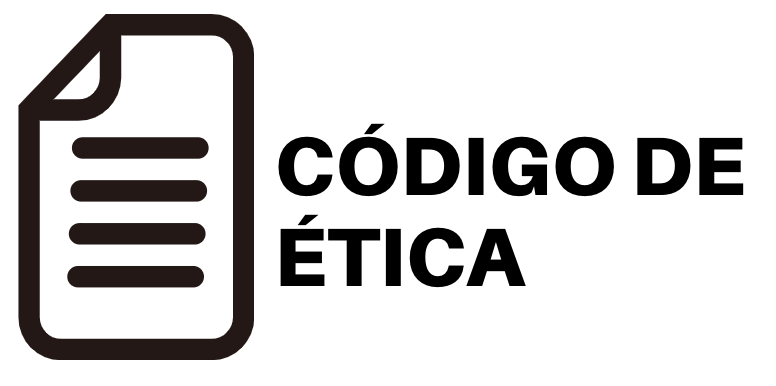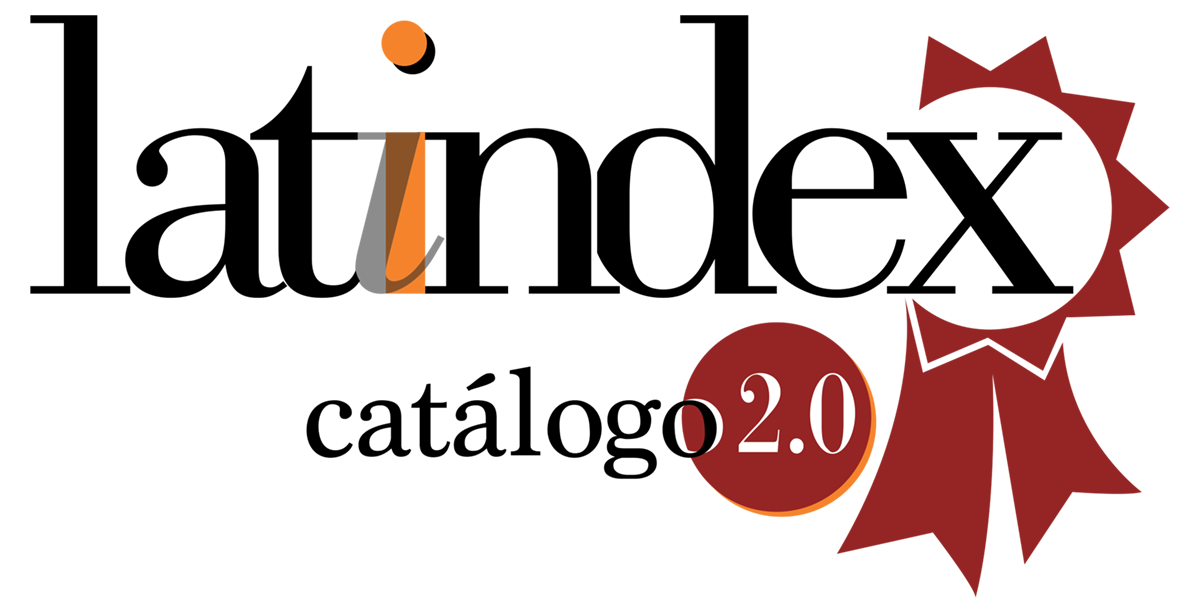Emotions and feelings of parents who received a diagnosis of Autism Spectrum Disorder in their children
DOI:
https://doi.org/10.33936/psidial.v1iEspecial.4446Keywords:
autism, psychotherapy, family, well-being, emotionsAbstract
For people with Autism Spectrum Disorder (ASD), the family should be their main source of support and learning. The developmental alterations associated with ASD begin to show up around 18 months, the child's evolutionary moment where parents feel with expectations and excited about the acquired learning, but when they find characteristics different from those expected, they are generated in they different emotions and feelings. After that, with the arrival of the diagnosis, these emotions intensify. The objective of this research is to identify the emotions and feelings that parents face when they receive a diagnosis of ASD. As empirical methods, a survey was used that was validated by the author and tutor of the research. From the results found, the feeling that manifested itself the most in the parents is fear. It was concluded that parents who receive a diagnosis of ASD in their children should receive psychotherapeutic intervention that allows them to overcome the initial impression, in order to then be able to accept their child's condition and make decisions according to their reality.
Downloads
References
American Psychiatric Association (2014). Guía de consulta de los criterios diagnósticos del DSM-5 TM. (Trad. Burg translation,Ing, Chicago EEUU).
Bechara, A. Familia y Discapacidad. Padres y profesionales/docentes: un encuentro posible, pp. 24. Colección Lazos.
Bowlby, Jhon. Vínculos afectivos, formación, desarrollo y pérdida. Ediciones Morata. Madrid. 1979.
Chóliz, M. (2005). Psicología de la emoción: el proceso emocional. www.uv.es/=choliz. Girolametto, L., Sussman, F. y Weitzman, E. (2007), “Using case study methods to investigate the effects of interactive intervention for children with Autism Spectrum Disorders”, Journal of Communication Disorders, 40(6), pp. 470-492.
Koegel, R., O´Dell, M. C. y Koegel, L. (1987), “A natural Language Paradigm for Teaching Nonverbal Autistic Children” Journal of Autism and Developmental Disorders, 17, pp. 187-199.
Libutti, A. (2016). El despertar del autismo. Diana.
López Chávez C., Larrea Castelo, M. Autismo en Ecuador: Un grupo social en espera de atención. Rev Ecuat Neurol, Dic 2017, vol.26, no.3, pp.203-214. ISSN 2631-2581.
http://scielo.senescyt.gob.ec/scielo.php?script=sci_abstract&pid=S2631- 25812017000200203&lng=pt&nrm=iso
Moro Gutiérrez, L., Jenaro Río, C., & Solano Sánchez, M. (2014). Miedos, esperanzas y reivindicaciones de padres de niños con TEA. Siglo Cero Revista Española Sobre Discapacidad Intelectual, 46(4), 7-24. https://doi.org/10.14201/scero2015464724
Ráudez Chiong, L., Rizo Aráuz, L., & Solís Zúniga, F. (2017). Experiencia vivida en madres/padres cuidadores de niños/niñas con Trastorno del Espectro Autista. Revista Científica De FAREM-Estelí, (21), 40-49. https://doi.org/10.5377/farem.v0i21.3484
Reeve, J. (2010). Motivación y emoción. Pp 221. Mc Graw.Hill. https://es.bok. lat/book/6030495/f4d2ac
Silberma, E. (2017). Una tribu propia: Autismo y asperger otras maneras de entender el mundo. (trad. Dezza Gemma). Ariel.
Valdez, D. & Ruggieri, V. (2015). “Apoyo y formación a las familias de niños con trastorno del espectro autista. Aportes del programa Hanen para padres.” En Monsalve, C. Autismo. Del diagnóstico al tratamiento. pp 42. Paidos.
Valdez, D. & Ruggieri, V. (2015). “Autismo y trastornos del espectro autista definición, génesis del trastorno y explicaciones psicológicas.” En Martos, J. Autismo. Del diagnóstico al tratamiento. pp 422. Paidos.
The jamovi project (2021). jamovi. (Version 1.6) [Computer Software]. Retrieved from https://www.jamovi.org.
Downloads
Published
Issue
Section
License
Copyright (c) 2022 Gabriela Luna Hernández, Olmedo Daniel Farfán Casanova

This work is licensed under a Creative Commons Attribution-NonCommercial-ShareAlike 4.0 International License.


















